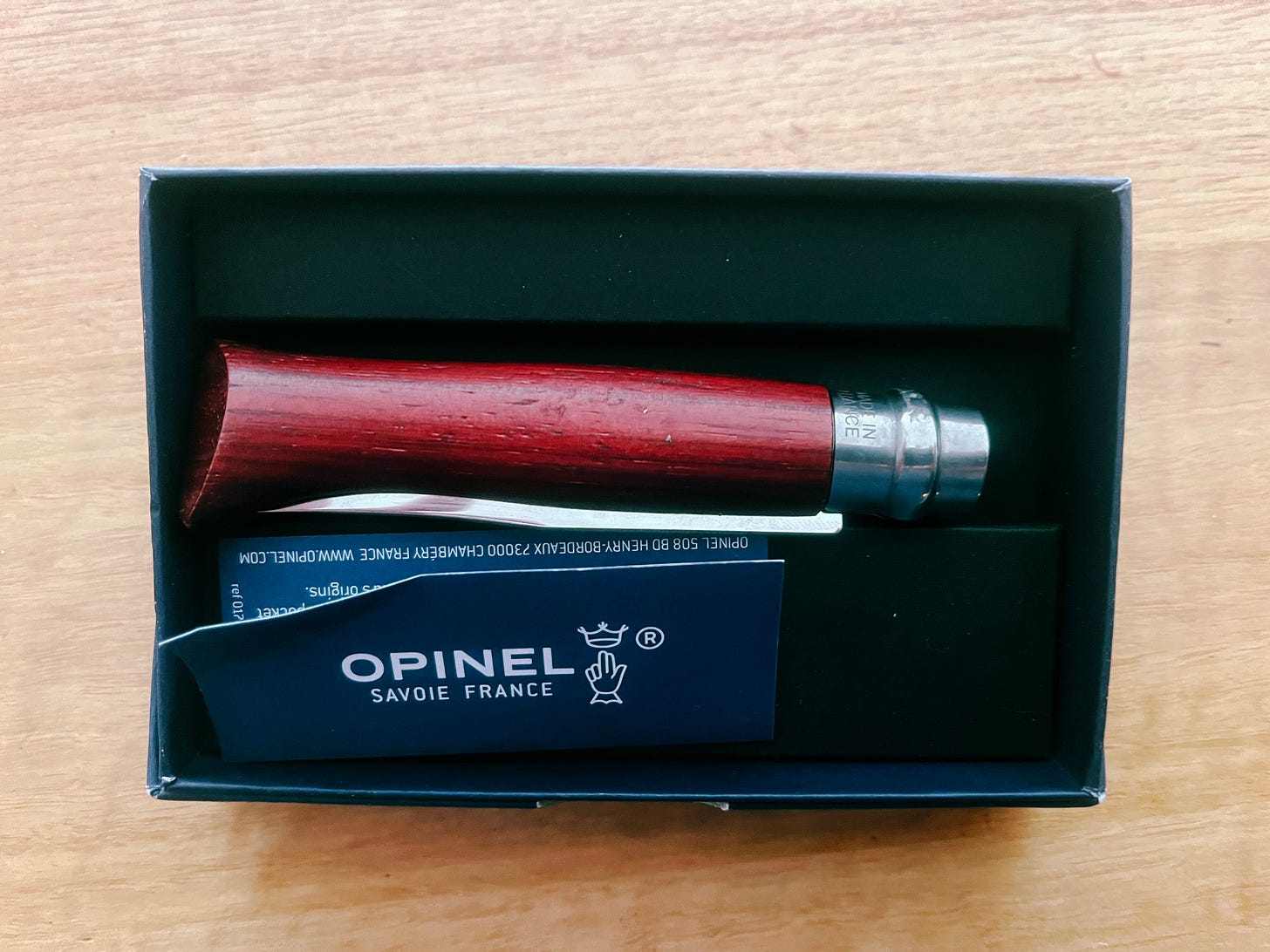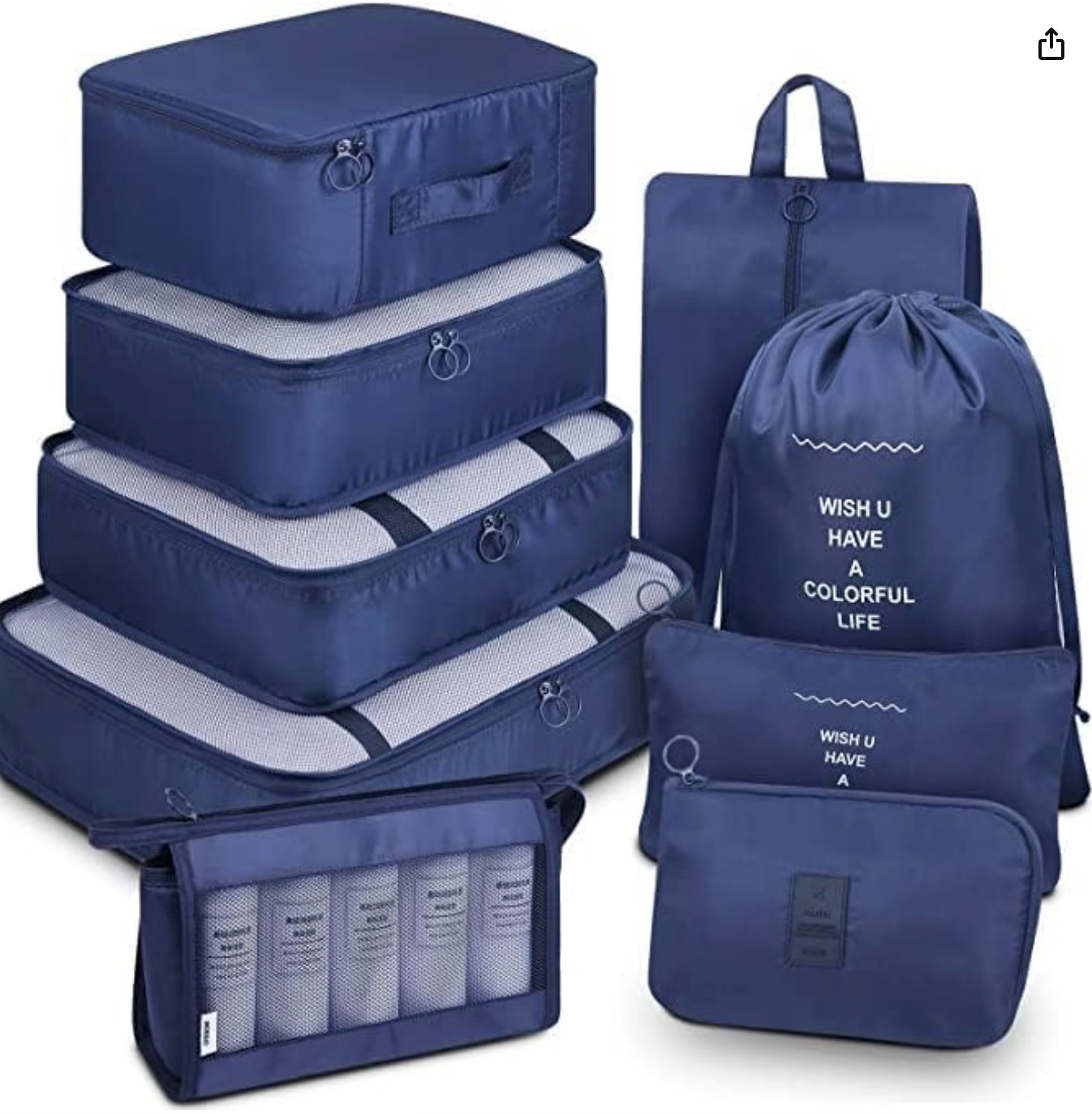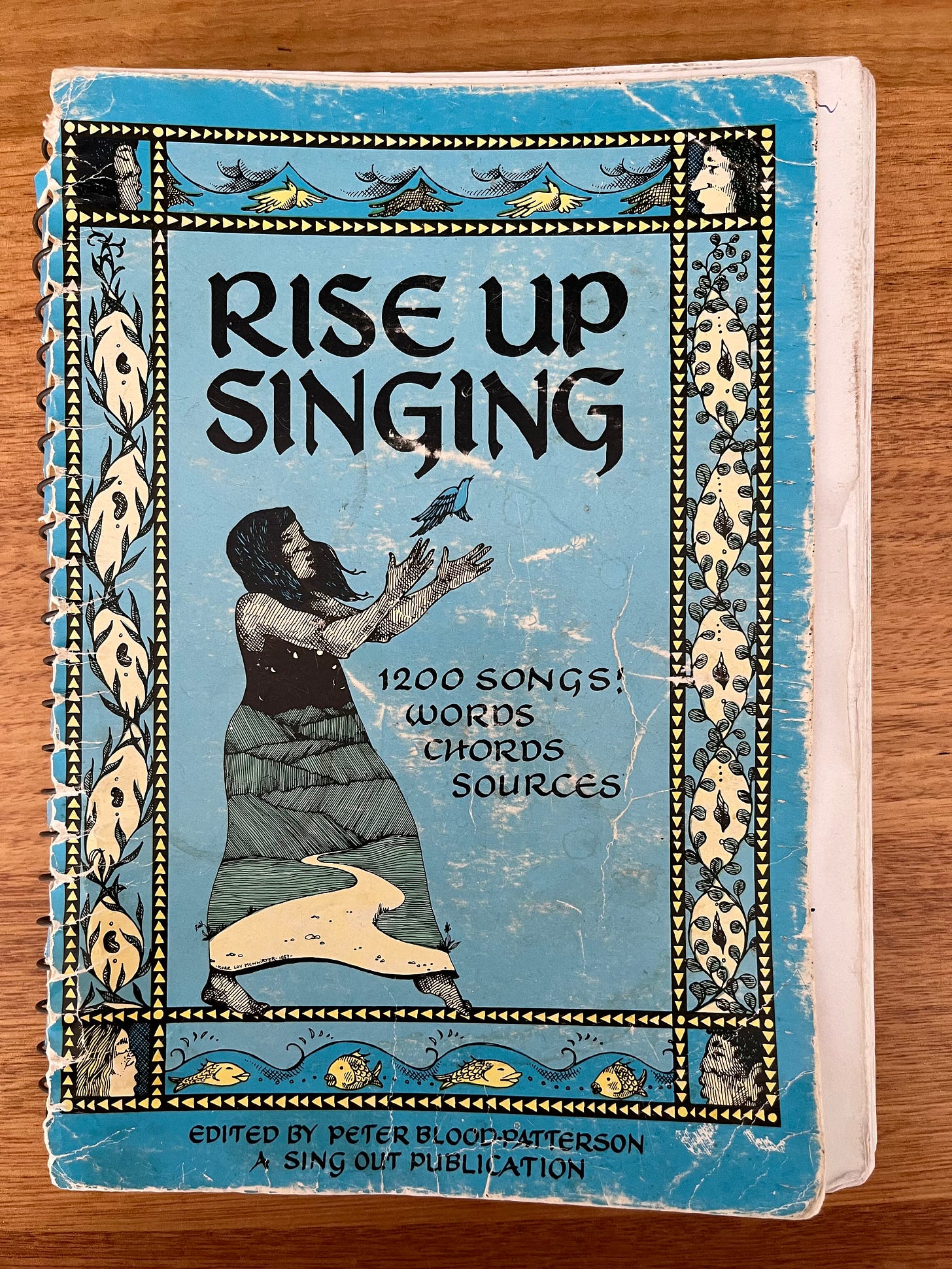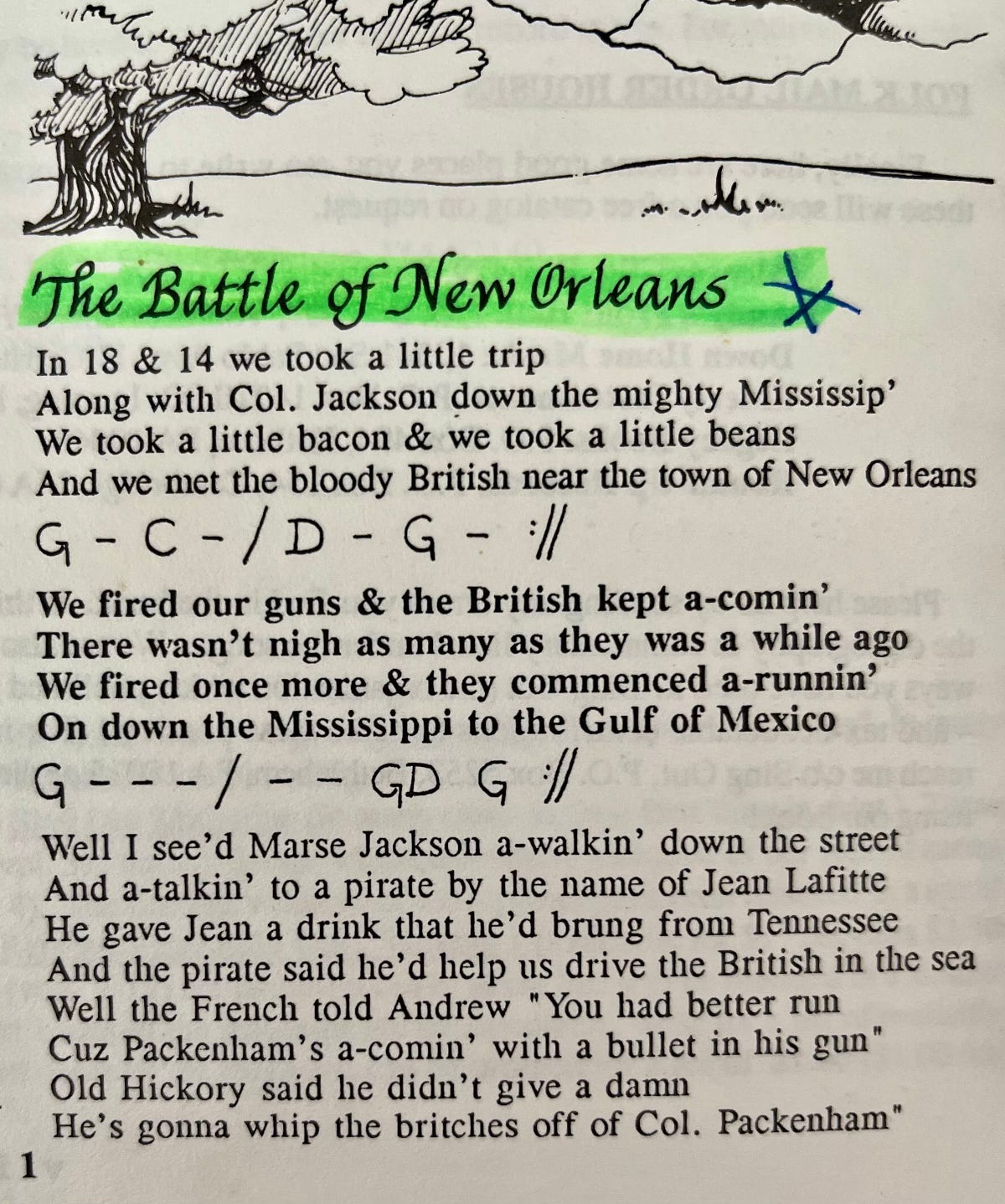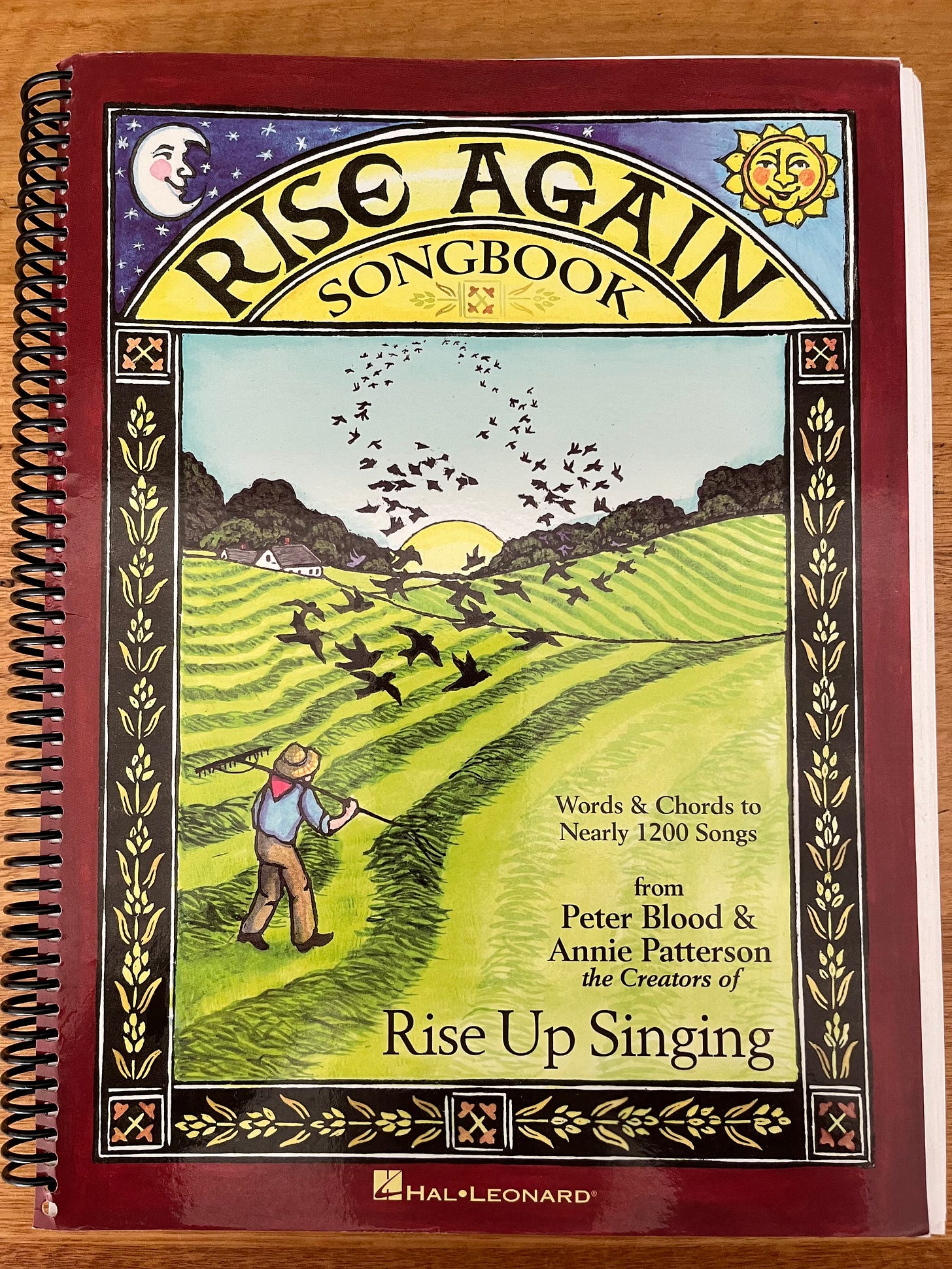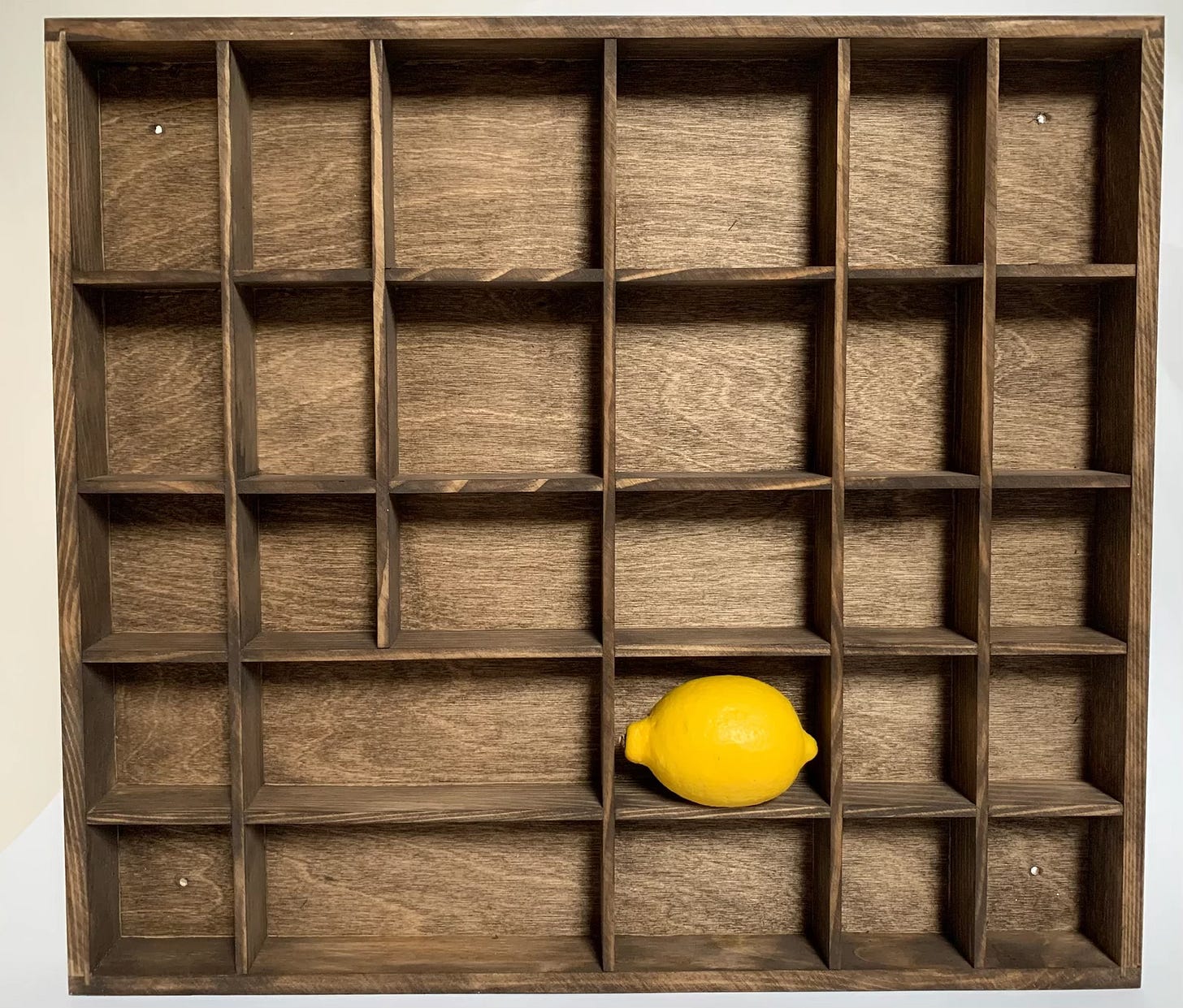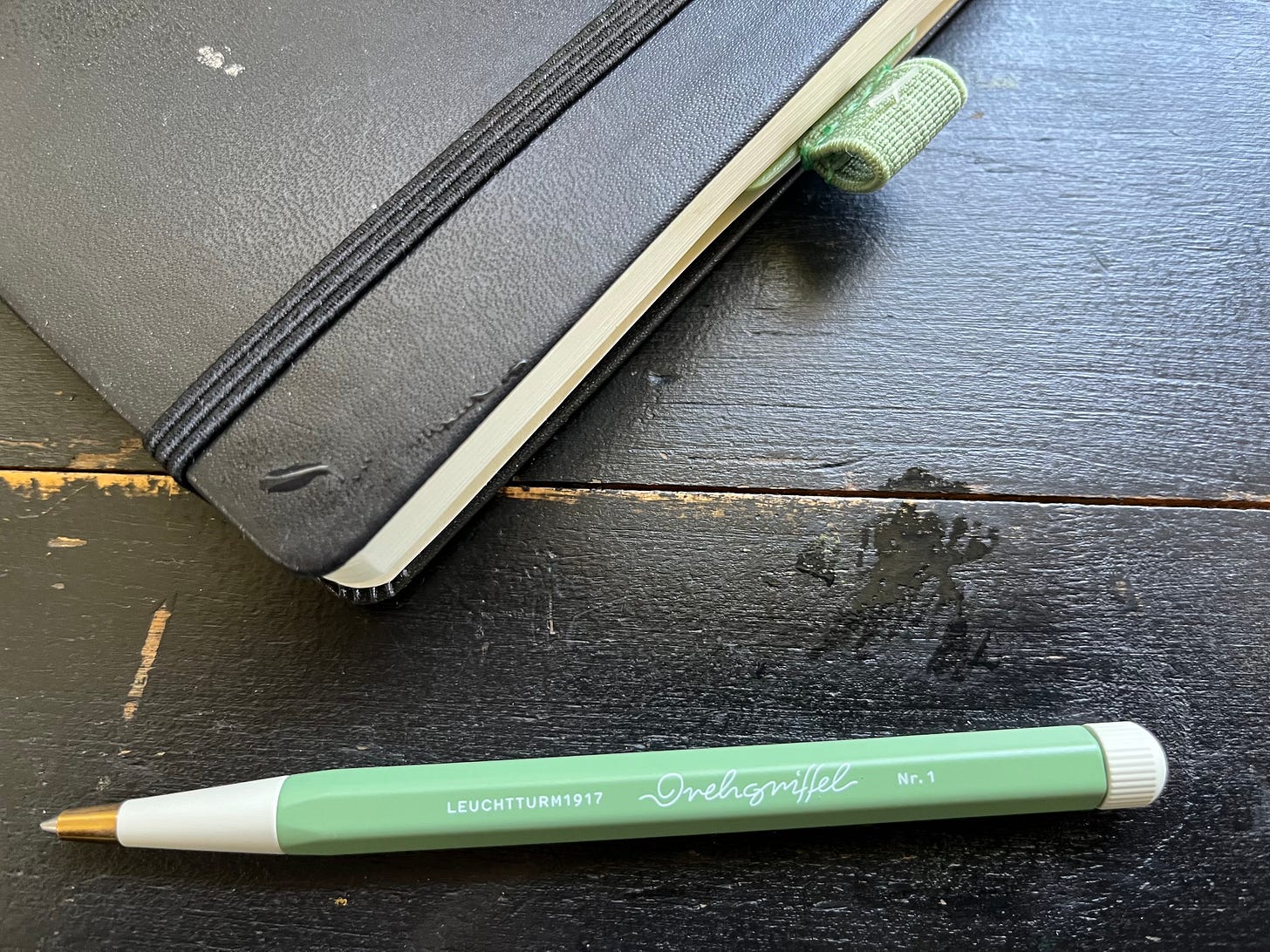welcome
Welcome to a belated issue 17 of shipping news, my occasional newsletter of things of interest. Thanks for your patience; some time travelling followed by an injury has slowed down production a bit.
Typical headings are analog, apple, cool tools, film and TV, in the garden, history, localism, nature, pen and paper, reading and writing, software and technology. And the interplay between them all. Thanks to everyone’s who been reading, and liking. I hope you enjoy something in this edition.
Just back from a trip overseas I thought I’d move away from tech this issue and focus on analog tools and tips and fun things, including some take-ways from the recent travelling in the ‘analog travel tips’.
Of course it wouldn’t be a trip to France without bringing home a new Opinel Knife (see issue #12 for more on that). I hadn’t seen a dark chocolate brown one before so it seemed wrong not to take this home!
analog travel tips
Packing Cubes: A game changer, especially if you’re doing lots of moving around, packing and unpacking every second day. Opening up your suitcase and finding it looking semi-organised feels good. Also, things squash down better, giving yourself more room for more stuff to bring back. I bought a six pack of various sizes from Amazon for about $25AUD. Here’s the link.
The tote bag: A shoulder bag, tote bag, or some such other little device for carrying stuff around made such made such a difference when heading out for the day walking around town. Rather than take a whole backpack, I took a lightweight bag that folds down to almost nothing, and put in a rain-jacket and a bottle of water with room for some shopping.
The big old camera, or not: This was the first significant trip I haven’t bought a physical camera. What I found in the last couple of trips so that I didn't use the camera except in the countryside. It didn't quite feel right to be lugging it around in the cities. So, for a trip that was largely around towns I left the Canon at home and relied on the iPhone. I think it was a good move. It certainly was organisationally with all the photos coming up in the timeline, date and location stamped and easily able to be shared online. On previous trips I've come home with a camera card with 1000 photos and spent a couple of days working through them, organising them and uploading to. Flickr and/or Google Photos
Ye olde corkscrew: it's a bit hard to believe from the Australian perspective but in Europe, particularly in Italy and France, screw-top wine is not the standard. And, if you’ve ever got back to your room after a long day’s walking a strange city full of ruins and pasta, with a bottle of wine, only to find that you can't open it, then you'll never forget a cock screw again. Pack a lightweight corkscrew, put it in with your toiletries and forget about it, until you really need it.
The LCD tiny-torch. Stumbling around a strange hotel room in the dark trying to find a drink without banging into a wall, or trying to work out the combination on the apartment entry in the laneway gloom or the rain is not great fun. This time I bought with me a rechargeable LCD torch, lightweight and bright. You can buy 4 for $20AUD from Amazon here. They are bright and lightweight. I also found them useful when trying to read in bed; not all hotel rooms have great lighting for reading.
bird books
Core belief. Everyone should have a book helping to identify the local birds.
I wrote back in issue 7 about the power of apps like iNaturalist, but I added that I also keep a copy of the birds of Victoria: oceans, bays, beaches in my glovebox. And at home my long time reference has been the Field Guide to the Birds of Australia (Simpson and Day). Mine is the second edition, which I’ve had since 1989. The latest is the 9th edition; about $40AUD currently and be aware that there are at least two other ‘field guides’ around in the market. This one has clear pictures and that most important thing: a little checkbox to tick when you’ve seen that bird. Few things are more satisfying.
rise up singing
Is there anything more analog than playing an acoustic guitar and singing a song? I didn’t think so. I enjoy strumming along to a song in three chords or even four and am often looking for new songs.
Of course the internet has changed all this, you can find just about any song you like on sites like Tabs Ultimate Guitar HERE. They’re handy but have also got a ton of awful looking ads and do you really want to play along with your iPhone open for the chords? (I cannot remember chords!).
So, wouldn’t a handy, compact book of word and chords to hundreds of song be helpful? Yes. A long time ago I received the lovely gift of a copy of an alternative looking songbook called Rise Up Singing, by Annie Patterson and Peter Blood, which contained the words and chords to 1200 songs. I’ve had it ever since.
The book “contains lyrics, chords and sources to 1200 songs from a wide variety of genres from Beatles to Broadway, from Bob Dylan to traditional ballads. It has sold around a million copies since it came out in 1988 and is considered "the bible" in folk music and group singing circles.”
The history is interesting:
With the help of a lot of friends involved in the Movement for New Society in West Philadelphia, a songbook called Winds of the People was finally published informally in 1979. It was an "underground book" because not all the song were fully licensed. The book wasn't sold in stores but it ended up selling 30,000 copies by word of mouth and out of people's homes across the country.
Peter and Annie became a couple in 1981 and we began leading sings together using Winds of the People. We wanted to "make the book legal". We approached Sing Out, a non-profit folk music organization founded by Pete Seeger in 1950. Pete and his wife Toshi were on the board of directors. We approached the board and asked them if they would help us put out a new book. Pete and Toshi spoke eloquently in support of the proposal, saying "This is just why we created Sing Out! Magazine - to encourage ordinary people to sing with each other".
We got together a selection team consisting mainly of songleaders. We spent a number of weekends together singing songs to try them out for inclusion in the book. Our criteria were to include songs that were relatively easy to sing and play by the lay musician, that lent themselves to singing in groups, that were not too obscure, and that had an emphasis on empowering songs with a positive message of hope and aspirations for a better world.
This was still before the internet era so lyrics had to be painstakingly written down off albums in WXPN's huge folk music library or copied out of songbooks at the Library of Congress. It took Peter two full years of work writing to and calling copyright holders.
The other interesting thing is the unique (?) way that they show the chords, using a simple structure that saves space and is easy to follow. Chords appear under each stanza for the verse or chorus above. Choruses and refrain lines are boldfaced. The system includes everything you need (in terms of lyrics & chords but no melodies) to play or sing along with the song. Example below:
This year I was delighted to find a later edition, Rise Again is also available. I bought that too. You can get them both from Rise Up and Sing
shadow boxing
Some people collect little trinkets, pieces, keepsakes or mementoes and hang on to small dosmetic items of no value to anyone else for the memories they hold. If you’re one of these people, read on. If you collect such things and stick them in a drawer you’re a hoarder, put them on display and it’s a collection. The shadow box of display box is a great way to display those tiny memory moments, from old ID cards, to ticket stubs, to miniature cyclists, to old coins.
writing on paper
I know the Moleskine notebook is a bit of a cliche now and there are lots of alternatives, some cheaper, some not as good. It’s all about the form factor and the quality of the paper. Some stationery geeks have questioned the paper lately, like this piece, Reconsidering Moleskines, but I’ve generally found the paper good in the standard versions and I usually take one travelling.
This trip I also purchased a pen and pen holder that attaches to the Moleskine, and found it super-handy. A notebook you can’t write on because your pen is buried somewhere in your suitcase isn’t all that useful.
So, I was pleased when I bought a Leuchtturm ballpoint pen in mint green from one of the great French stationery shops you seem to find in most towns. The pen is good. They say:
Inspired by an original 1920 design, the Drehgriffel makes a striking statement with its hexagonal silhouette and signature Leuchtturm1917 colours. Like the twist mechanism, the narrowly tapered tip comes in a colour that contrasts with the body. The twist mechanism and refill of this multiple-design award-winning writing instrument are made in Germany. The Drehgriffel is precision milled in aluminium and brass, then varnished and sealed. It has a spring-loaded twist mechanism.
But the nice thing was the matching pen holder. (optional extra) Having a pen always attached to the notebooks means that I used it a lot more for these quick moments of fleeting inspiration!




